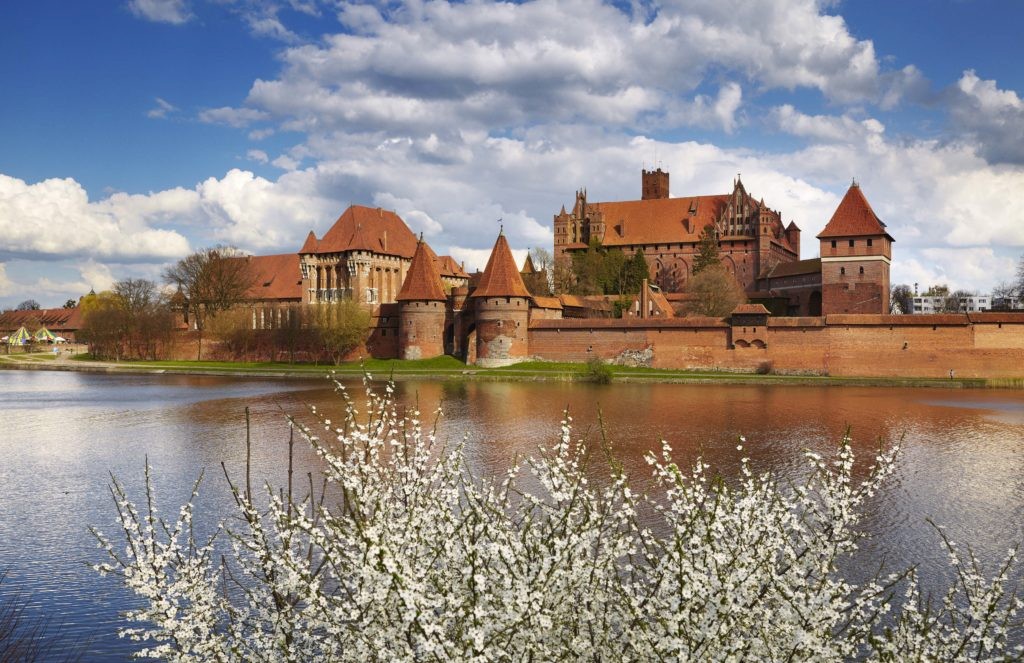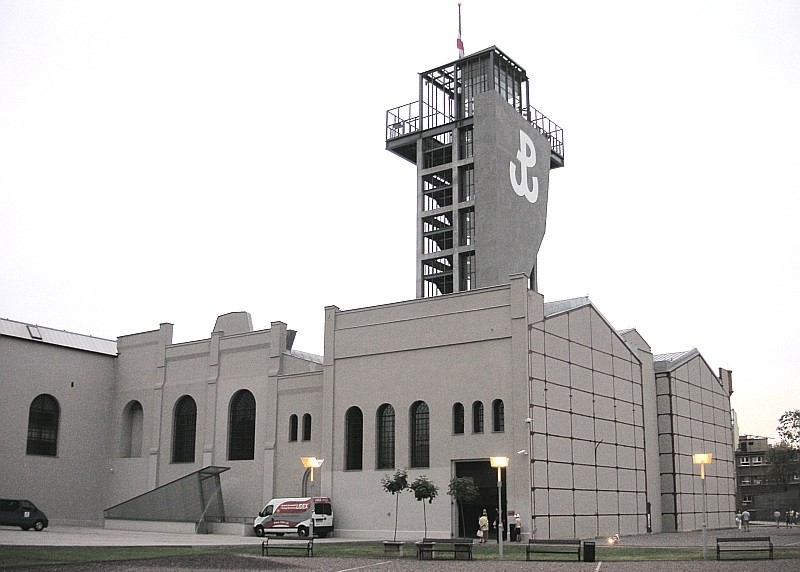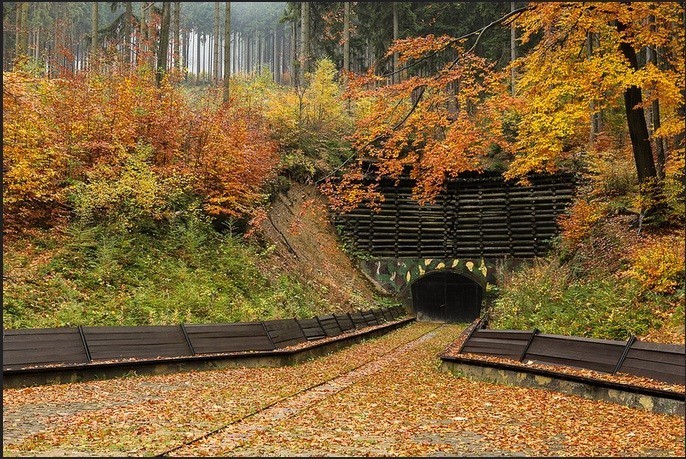





World War II began with Germany’s attack on Poland at the Polish military base at Westerplatte on September 1, 1939 and it’s therefore, appropriate that the remarkable WWII museum (Polish: Muzeum II Wojny Światowej), opened in March 2017, should have been built in Gdańsk. A conflict that claimed ...

The Schindler's factory presents an exhibition commemorating the fate of Krakow and its inhabitants during the occupation in 1939-1945. During World War II, Schindler employed Jews who were threatened with extermination. In 1944, together with his accountant, he prepared the famous "Schindler's L...

Malbork is a picturesque town in the north of Poland about 60 km from Gdańsk by Nogat river banks. The main touristic magnet of Malbork is Teutonic Knights Castle of the Order of Brothers of the German House of Saint Mary in Jerusalem (Polish: Zamek w Malborku). The construction of the castle sta...

Warsaw Rising Museum is located just 3 kilometres from the Royal Castle. The museum was opened in 2004 and is situated at 79 Grzybowska Street. The main aim of the museum is to provide documentation and present history of Warsaw uprising during the Second World War and activities of Polish Underg...

Sztutowo (Stutthof) is a small town about 65 km from Gdańsk in which during WWII there was a German Nazi extermination camp (Polish: Muzeum Stutthof w Sztutowie). The museum was created in 1962 thanks to former prisoners actions. In the area of about 20 hectares, visitors can see part of the Old ...

Westerplatte is a peninsula in the delta of Wisła Martwa and Gulf of Gdańsk. It is a symbol of the Second World War as the war started here. The peninsula has width from 200 to 500 meters and it was a strategic point in Polish defence lines of Baltic coast region, this was the reason why it was a...

The Auschwitz concentration camp (Konzentrationslager Auschwitz) was a complex of over 40 camps and sub-camps, built and controlled by Nazi Germany in occupied Poland during World War II. It was established by Nazi Germany in mid-1940 in the suburbs of Oświęcim, which was then on the territory in...

Palmiry National Memorial and Museum is highly recommended as the forest outside Warsaw significantly ups the standard for how a small exhibit can pack a huge punch. A little history: during World War II the forests of Palmiry and Kampinos became a refuge for those fleeing the destruction in Wars...

For the overwhelming majority of Warsaw’s wartime Jews their journey was destined to end in one place, a hitherto unknown village called Treblinka. Set 100 kilometres north east of Warsaw this small rural community found itself unwittingly thrust into the eye of the Holocaust. Split into two sepa...

Gniezno is situated about 60 km (45 min drive) from Poznań. The main attractions of Gniezno include: St. Adalbert Cathedral with his famous relics and the historic Gniezno door; the Archdiocese Museum with one of the richest and oldest church collections in the country, the main market square wit...

Riese is a name of a plan and an underground mine-constriction complex created during the WWII. It is located in Góry Sowie (Awl Mountains) and Książ Castle. The main aim of the project was creation of massive, underground, bombing-proof spaces for Hitler and the most important people in Nazi Ger...

Biskupin settlement is situated 50 km from Bydgoszcz (about 50 min drive) and 88 km from Poznań (about 1.5 h drive). The beginnings of Biskupin modern existence dates back to 1933 when the level of water in Biskupin fell and local residents started to find relics from the Bronze Age and the early...

Museum of Slavic and Viking people shows a reconstruction of buildings from early Medieval times, dating from 9th to 11th century. It is a settlement which presents everyday life of people, it shows how they worked and lived. In the buildings, visitors can see and touch and experiment with exhibi...

Wolfsschanze (Wolf’s Lair is located in Polish Lake District Mazury in small settlement Gierłoż about 36 km from Mrągowo (about 40 min drive) and 96 km from Olsztyn (about 1.5 h drive). In years 1941-1944 it was the headquarters of Adolf Hitler. This town camouflaged in the forest consisted about...

Kwidzyn Castle (Polish: Zamek w Kwidzynie) construction started in 1233 but between 16th up to 19th century some major construction works took place to change the original design. The buildings is the cathedral and castle group. One of the best well known element of the castle are unique latrines...

German Nazi concentration camp KL Lublin (informally called Majdanek at the time) functioned in 1941-1944. In Majdanek there were 5 gas chambers to kill prisoners. The prisoners included: Jews, members of resistance movement, the Polish intelligence, soviet prisoners of war, Zamojszczyzna region ...